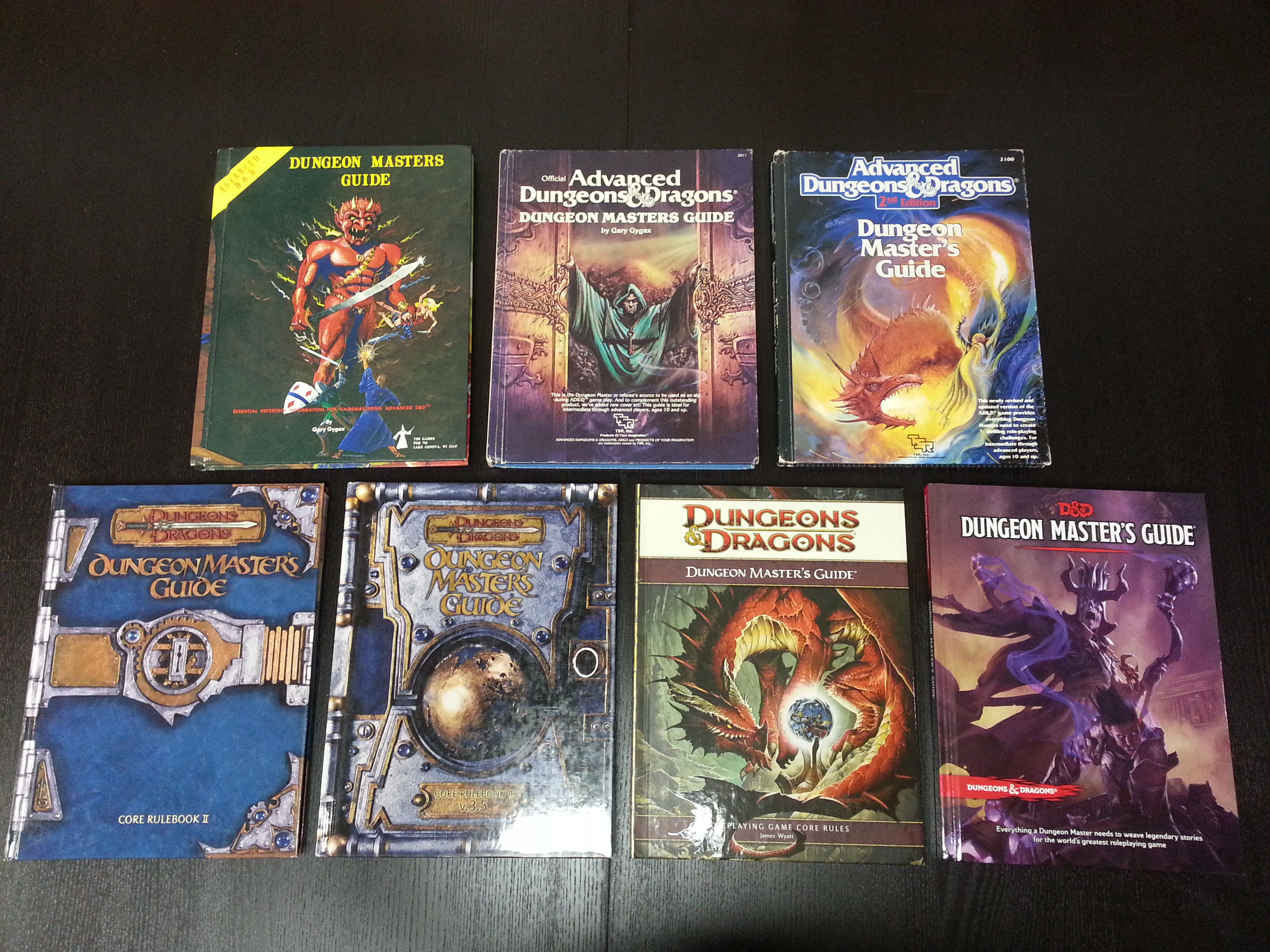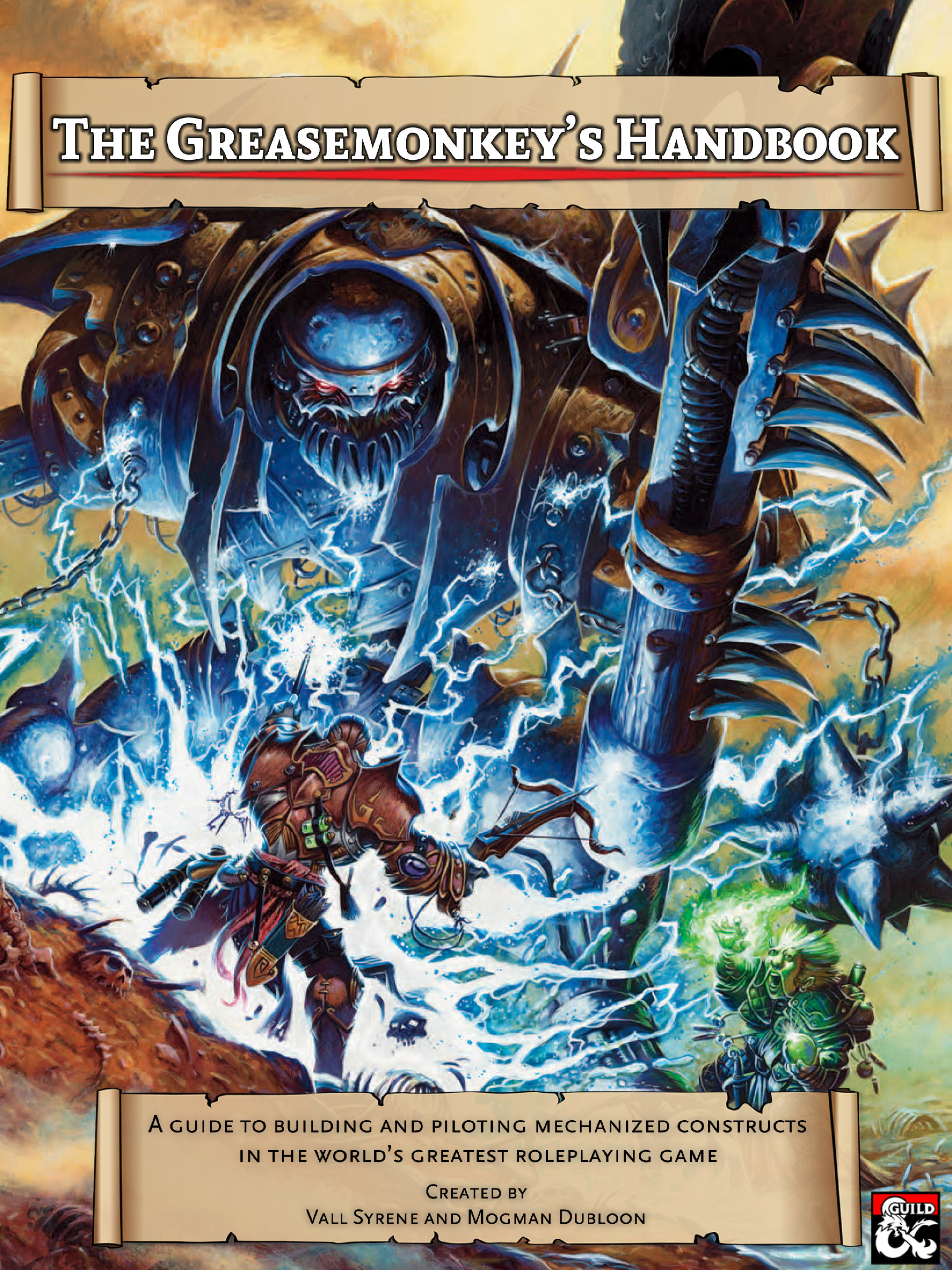

Some gun are slow and tedious to reload, these weapons are denoted as 'slow' and are one action slower to reload (up to a maximum of full-round).


A character with a base attack bonus of +1 reloads a fire arm as a move action that provokes attack of opportunity.A character with a base attack bonus of +0 reloads a firearm as a full-round action that provokes attack of opportunity.A character without proficiency with the firearm he is trying to reload counts as having a base attack bonus 4 points lower. A firearm usually need to be reloaded after every shot. The higher it is, the easier it is to reload. Reloading a firearm is based on your base attack bonus. This effect does not stack with any other effect that adds your Dexterity modifier to damage rolls, but does stack with the bonus damage from being within half of your first range increment. As long as you are in the first increment, you add your dexterity modifier to damage. When firing a firearm, if the targeted creature is within half of your first increment you gain a +2 bonus on your attack roll and damage roll. Many firearms tend to be extremely accurate, however, and often ridicule most armors. Firing and Reloading įiring a firearm is not unlike attacking with any other ranged weapon. This chapter will present the rules for firing and reloading firearm weapons, as well as variant rules for some different weapon types. Using armor as a damage reduction rather than pure hit/miss is the best way to simply represent firearms damage. Ignoring armor isn't the solution, especially since most firearm to body armor shots are going to be other than 90°. D'urville MartinĪnd a breastplate is seldom worn without quilt underneath. because autopistol rounds are ususally jacketed. Your 9mm probably will penetrate 1mm steel if shot within 5 yards and aimed dead on. In both cases, visible deformation, no penetration.įactors that influence penetration include incidence angle (anything other than 90° increase both the skip chance and the effective thickness), specific metal composition, specific tempering, method of working (hammer-worked is different from rolled), amount of air traveled through (drag reduces bullet energy), bullet composition (straight lead penetrates less than FMJ), bullet shape, temperature of the metals, age and flexion history of the plate. on older cars, where it was as thick as 18ga. 357 using round nosed police-standard lead ball (non-jacketed) at a steel plate of 18 gage - which is 25.4/18= 1.41 mm thick - and it didn't go through. My friends during college included a bunch of gun nuts 5e Firearms Dmg 1) work on your mathĢ) I've done some destructive testing. 357, but a +p 9mm round should suffice as a decent stand in even if it is a bit slower if I can't borrow a. If you'd really like, I can head out to the woods and put some holes in things for demo purposes. A cheap hollow steel door has walls about 1mm thick and I'm willing to assume this guy knows what he's shooting at: Neither round is especially potent, but I would guess that they might be stopped by 18 gauge sheet steel. 38 Special with no modification and people often use these lighter loads for target practice. 357 will care precisely not at all about 18 gauge sheet metal. 18 gauge steel is a 1 mm thick and while not all steel is created equal and neither are all bullets but unless you are using something like AR500 or you have light loads a.

However, I know quite a bit about modern firearms and you are seriously underestimating their ability to penetrate. Impact area varies wildly, but on average a musket ball is bigger than a modern bullet with significant overlap. I know comparatively little about muskets but your statements about lower velocity are, generally, correct.


 0 kommentar(er)
0 kommentar(er)
